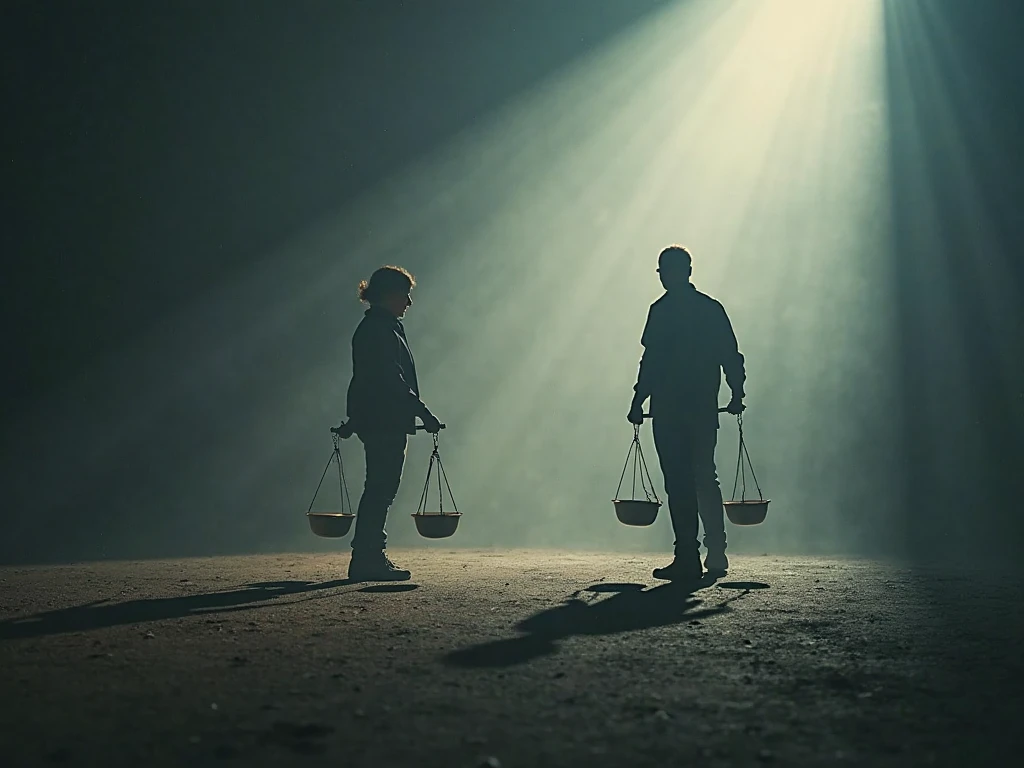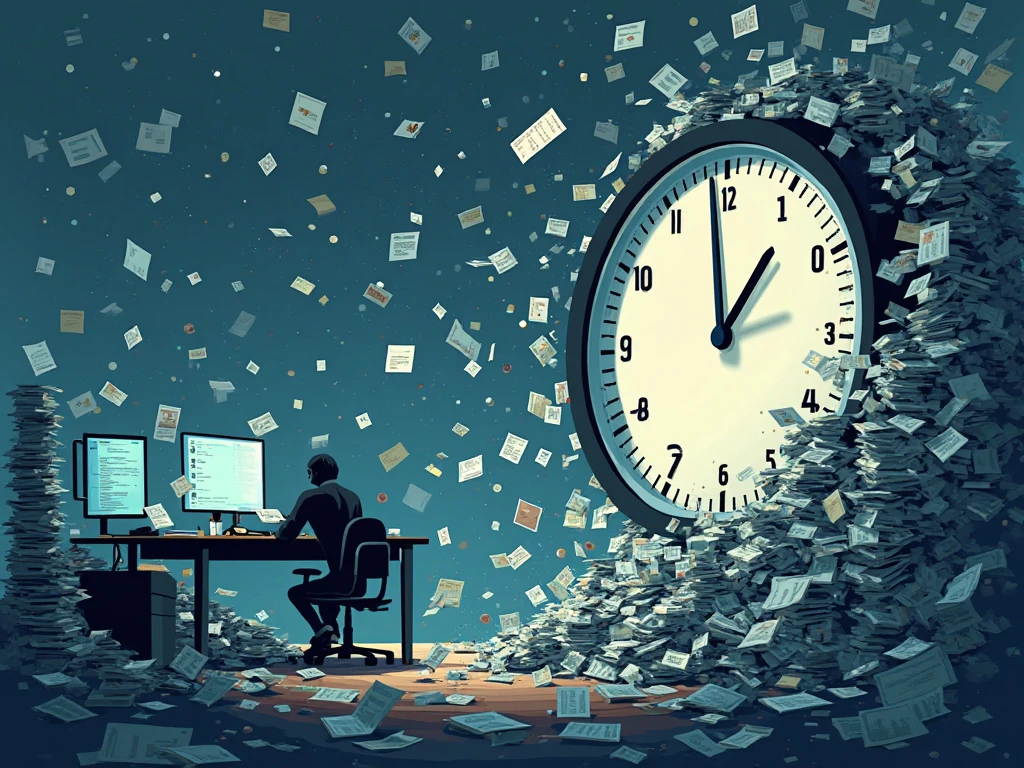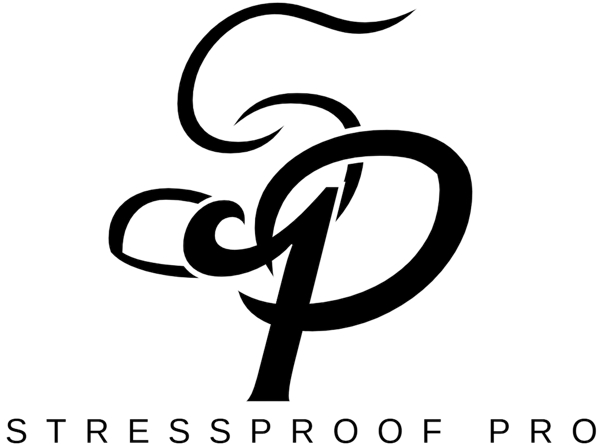
Introduction: The Silent Saboteur of Success
You thrive in high-stakes environments, a master of pressure and complex challenges. Yet, an invisible enemy may be eroding your very foundation. While workplace stress is an inevitable companion in high-stress careers, when it metastasizes into systemic toxicity, it doesn’t just erode your core – it attacks your very edge. For professionals at your level—executives, surgeons, founders recognizing the 7 signs of a toxic work environment isn’t about complaint; it’s a critical act of strategic self-defense. These insidious environments sabotage decision-making, accelerate professional burnout, and cripple your inherent resilience at work. Early detection isn’t just wise; it’s mission critical.
Why High-Achievers Are Uniquely Vulnerable to Toxic Workplaces

In high-pressure jobs, you instinctively push boundaries, relentlessly pursuing the next breakthrough. This very drive, however, can become a vulnerability. Toxic organizations are insidious precisely because they often exploit this dedication, twisting commitment into a pathway for self-destruction. The fallout isn’t just exhaustion; it’s a cascade of relentless mental fatigue, compromised judgment, and a pervasive burnout in the workplace that stubbornly lingers, long after you’ve left the office. When your professional environment relentlessly triggers survival-mode stress, even the most formidable professional resilience begins to fracture. Recognizing these insidious dynamics isn’t a sign of weakness—it’s a critical act of operational intelligence, essential for maintaining your competitive edge.
The 7 Definitive Signs of a Toxic Work Environment
Sign 1: Chronic Communication Blackouts

What it looks like: Vague directives become the norm. Leadership ruthlessly withholds critical context, often under the guise of a need to know basis. Last-minute priority shifts derail meticulously planned initiatives without explanation. Example: A CEO announces a sweeping strategic pivot in an all hands meeting but deliberately omits the ‘why’ or ‘how’ leaving senior leaders scrambling for answers.
Impact: This strategic void forces you to operate in a perpetual state of uncertainty, draining vital mental bandwidth as you endlessly decipher opaque directives. It breeds insidious anxiety, paralyzes decisive action, and systematically sabotages effective stress management in the workplace, leaving you perpetually reactive instead of proactively leading.
Sign 2: Weaponized Gossip Culture

What it looks like: At the informal watercooler, leadership actively fosters a minefield, often tolerating and sometimes even implicitly encouraging rumor mills, triangulation, and smear campaigns.. Example: A colleague ‘pre-warns’ you about a manager’s alleged bias just before your critical performance review, unsettling your focus.
Impact: This pervasive mistrust erodes the very foundation of team cohesion, fracturing alliances and forcing a constant, exhausting political calculus. It drains the cognitive resources essential for handling workplace stress, replacing focused strategic thought with hypervigilance and self-preservation, diverting attention from mission-critical objectives.
Sign 3: Talent Exodus & Stagnant Morale

What it looks like: Your organization experiences frequent, high-profile departures among its top performers. Those remaining appear disengaged, emotionally checked out, or simply resigned. Example: Your leading engineer, a linchpin of innovation, resigns citing “culture issues”marking the third such departure in as many quarters.
Impact: Such a sustained talent drain signals systemic failure. The remaining elite staff inevitably absorb unsustainable workloads, accelerating career burnout and severing crucial peer support networks vital for resilience at work. It’s a clear indicator that the environment itself is rejecting high performance.
Sign 4: Asymmetric Recognition

What it looks like: Leadership fails to celebrate significant victories, or worse, they inconsistently or unfairly award credit. Development opportunities hinge on opaque political maneuvering rather than demonstrable merit. Example: A senior manager presents your breakthrough idea, meticulously developed, then later conspicuously denies your involvement or contribution.
Impact: This dynamic breeds profound cynicism and disengagement. When exceptional effort consistently feels futile, your intrinsic motivation the very fuel for high achievement crumbles. This systemic invalidation severely undercuts your long-term professional resilience, making you acutely vulnerable to professional burnout even in roles you once found deeply mission-driven.
Sign 5: Passive Aggression as Policy

What it looks like: The workplace veils hostility, disguising it as professionalism. This manifests as backhanded compliments, deliberate exclusion from key meetings, or insidious gaslighting designed to undermine your perception of reality. Example: After presenting a complex solution, a leader remarks, “Your report was… ambitious for someone at your level,” delivered with a patronizing smile.
Impact: This creates relentless psychological whiplash. Constant micro-aggressions trigger a chronic fight-or-flight response, exacerbating job and stress dynamics and rapidly depleting your emotional reserves. It’s a slow, corrosive assault on your confidence and mental clarity, far more damaging than overt conflict.
Sign 6: Reality-Denying Workloads

What it looks like: Leadership routinely demands “impossible” output without providing corresponding resources, timeline adjustments, or strategic prioritization. Example: A hospital director mandates a 30% increase in patient visits for staff already at capacity, with no additional personnel or support systems.
Impact: This relentless, unsustainable pace is a direct pipeline to professional burnout. This relentless pace forces your body and mind into chronic overextension, denying them the necessary recovery cycles.
Error rates climb, strategic thinking wanes, and this ultimately compromises your overall health.” This isn’t just pressure; it’s a structural design flaw leading to inevitable mental fatigue and a complete erosion of the professional resilience needed to sustain high-impact careers.
Sign 7: Leadership Cowardice

What it looks like: Executives consistently avoid making tough decisions, swiftly blame teams for failures, or vanish entirely during critical crises. Example: A high-stakes project implodes due to glaring strategic miscalculations, but your VP publicly faults “execution” by the junior team.
Impact: This absence of accountability at the top breeds immediate chaos and a pervasive sense of helplessness. When leadership fails to own outcomes, trust evaporates, forcing you to shoulder responsibilities and mitigate voids that are not yours to bear. This disproportionate burden drains your resilience at work, making effective stress management in the workplace virtually impossible, as you’re left patching systemic holes instead of excelling in your domain.
Strategic Self-Preservation: Your Action Plan

When you spot these 7 definitive signs of a toxic work environment, it’s time to deploy your elite-level damage control strategies. This isn’t about complaint; it’s about strategic self-preservation, ensuring your capacity and edge remain intact.
Document Dispassionately: Start a professional journal of incidents. Record dates, specific descriptions, and your emotional or physical reactions. This isn’t about fostering negativity; it’s about building an objective tactical record, separating emotion from pattern, which can inform future discussions or decisions.
Fortify Your Boundaries: These aren’t just personal preferences; they’re non-negotiable operational parameters for your well-being. Politely but firmly define your working hours, email response times, and project scope. Even small, consistent limits—like turning off Slack alerts after 8 PM—can reclaim critical bandwidth for recovery and stress management in the workplace.
Build External Scaffolding: Cultivate mentors, peer cohorts, or professional coaches outside your immediate organization. These external alliances offer objective perspective, validate your experiences, and provide much-needed psychological and tactical support, crucial for handling workplace stress when internal support is lacking.
Control Your Controllables: Double down on your personal high-performance fundamentals. Prioritize sleep hygiene, structured breaks, and consistent mindfulness practices. These are your non-negotiable elements for sustained peak output, acting as a powerful buffer against the insidious creep of mental fatigue and career burnout.
Evaluate Strategically: This isn’t impulsivity, but a calculated strategic assessment. Step back and honestly ask: Is this battlefield truly worth your talent, your energy, your potential? If the environment fundamentally misaligns with your professional goals and personal values, begin networking quietly, exploring roles within organizations that demonstrably foster genuine resilience at work. Plan your exit meticulously, on your terms.
“In a toxic organization, your first duty is to protect your capacity. No victory justifies your dissolution.”
Conclusion: Reclaim Your Strategic Position

Recognizing these 7 signs of a toxic work environment isn’t an act of pessimism it’s the foundational act of professional resilience. For high-achievers, mere survival is an unacceptable outcome. You deserve environments where pressure forges excellence and innovation, not exhaustion and compromise. By applying a strategic lens to your workplace, you reclaim control over your well-being and fortify your inner fortitude.
Ready to fortify your resilience and master the demands of your career?
Arm yourself with insights: Discover the [Best Resilience Books for most stressful jobs] to build unshakeable mental toughness.
Your brilliance deserves a battlefield that doesn’t poison you. Take the strategic steps today to ensure your sustained success.




[…] alone. Sometimes, these experiences can indicate a deeper, more systemic problem. Learning the 7 signs of a toxic work environment can help you identify and address such situations. It is essential to foster a culture of […]
[…] 7 Signs of a Toxic Work Environment […]
[…] 7 Signs of a Toxic Work Environment […]